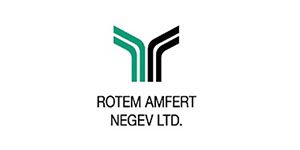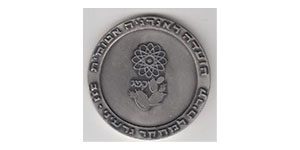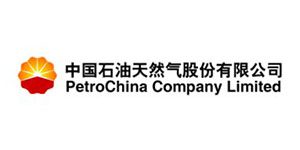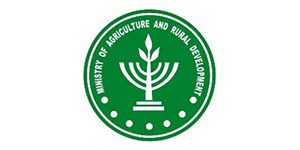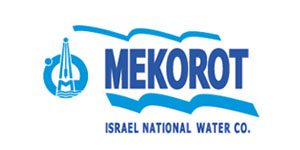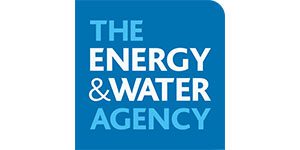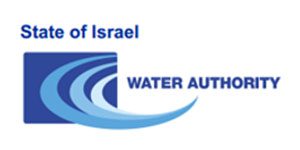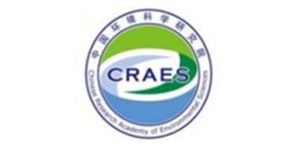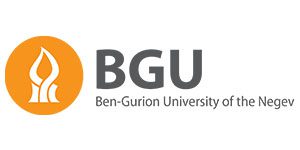Abstract
Nitrate is considered the most common non-point pollutant in groundwater. It is often attributed to agricultural management, when excess application of nitrogen fertilizer leaches below the root zone and is eventually transported as nitrate through the unsaturated zone to the water table. A lag time of years to decades between processes occurring in the root zone and their final imprint on groundwater quality prevents proper decision-making on land use and groundwaterresource management. This study implemented the vadose zone monitoring system (VMS) under a commercial crop field. Data obtained by the VMS for 6 years allowed, for the first time known to us, a unique detailed tracking of water percolation and nitrate migration from the surface through the entire vadose zone to the water table at 18.5 m depth. A nitrate concentration time series, which varied with time and depth, revealed – in real time – a major pulse of nitrate mass propagating down through the vadose zone from the root zone toward the water table. Analysis of stable nitrate isotopes indicated that manure is the prevalent source of nitrate in the deep vadose zone and that nitrogen transformation processes have little effect on nitrate isotopic signature. The total nitrogen mass calculations emphasized the nitrate mass migration towards the water table. Furthermore, the simulated pore-water velocity through analytical solution of the convection–dispersion equation shows that nitrate migration time from land surface to groundwater is relatively rapid, approximately 5.9 years. Ultimately, agricultural land uses, which are constrained to high nitrogen application rates and coarse soil texture, are prone to inducing substantial nitrate leaching.











